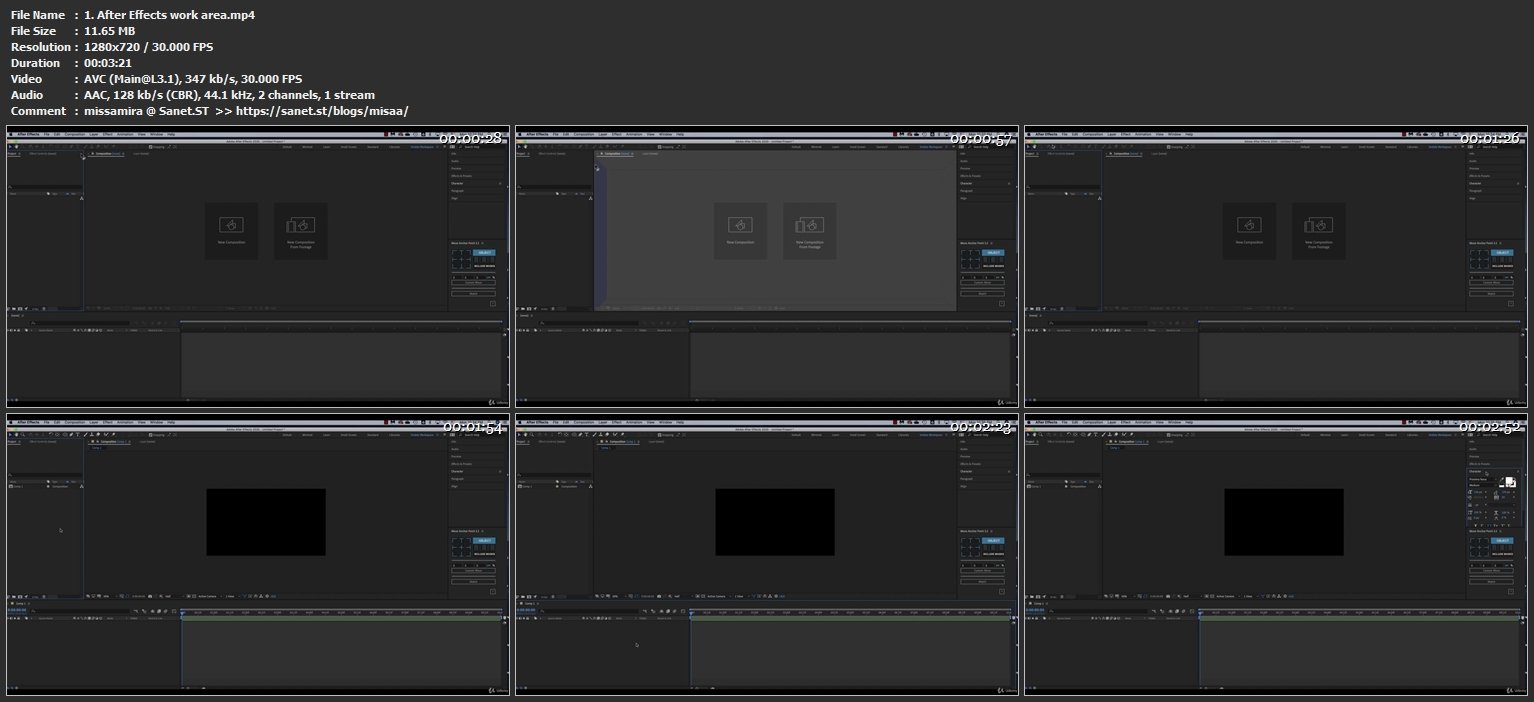

There are a multitude of ways, and Sergei shows what his preference is. The video starts with the various ways in which you can import files into the project panel. In the sixth video Sergei takes the helm and shows what animated graphic you will be creating over the next five videos. A keyframe in essence is holding a certain value at a certain time. You will animate the properties of a layer and learn the difference between a linear keyframe and an easy ease keyframe. All layers (except the audio layer) have an anchor point, position, scale, rotation, and opacity property. Layers have transform properties, and these are what you animate. This is really where you get things moving.
Adobe after effects guide how to#
This video is all about how to animate layers on the timeline. You also have adjustment, light, camera, and shape layers. For instance, you have text layers, video layers, and solid layers. Layers come in different shapes and sizes and have different purposes. You can think of all layers as containers that contain values and properties. If compositions are the foundation, then layers are the building blocks. Once you understand this, you will understand the core principle of After Effects. Evan goes through in great detail how to create a composition, what the different settings are, and how to include your imported files. Compositions are the foundation of what you’ll use to build your videos in After Effects. You can select certain layers and graphics, draw masks, or shape layers.

The toolbar has a host of tools which are used in conjunction with the composition panel and timeline. This works in tandem with the timeline, because what you change in the composition is reflected in the timeline. You can move videos and images around and create additional elements such as text layers, lights, and solids. The composition panel is where you view your assets. Additionally, you can create folders to keep everything organized and view data such as frame rate, and write comments if needed. This includes all video, images, and audio files. The project panel is where everything in your current project lives. However, you can pick and choose which panels you want to show individually. These "work areas" only show the most relevant tools for that job. The workspace bar lets you switch between predefined "work areas" such as text, animation, and motion tracking. These are the workspace bar, project panel, composition panel, timeline, and toolbar. At first it can seem daunting, as there are a lot of panels with a lot of options, but it's broken down into the four main ones you will use regularly. This video focuses on the user interface. It depends on which angle you're coming from and why you want to use it, but it covers all areas for creating amazing videos. With many tools in its arsenal, some view it as a compositor and visual effects suite, while others a motion graphics tool.


Evan points out that "After Effects is many things to many people." So what could it be for you?
Adobe after effects guide series#
The first video of the series starts with a brilliant and precise introduction of what After Effects is and why you should use it. You also discover different keyframe types, some animation basics, and more. The subsequent videos cover such areas as the user interface, compositions, and layers. The first video gives a broad overview of what Adobe After Effects is and why you should use it. Have you ever wanted to learn After Effects but never been sure where to start? In the following article, we will take you through the incredible 10-part video series called "Learn from the Pros." It features two heavyweights of the After Effects community, Evan Abrams and Sergei Prokhnevskiy.


 0 kommentar(er)
0 kommentar(er)
